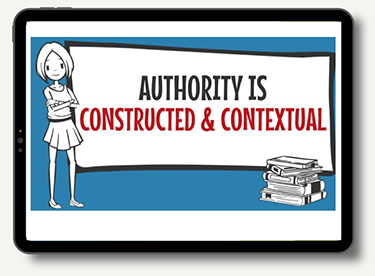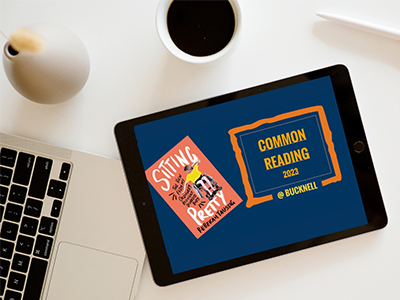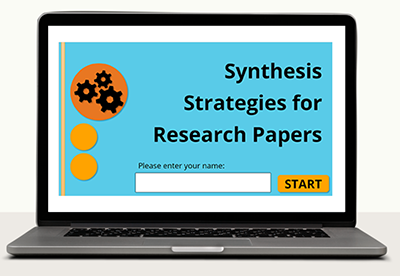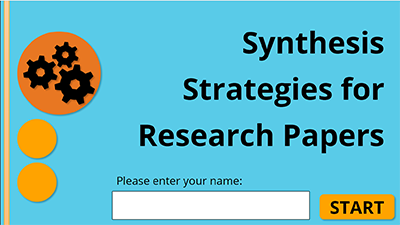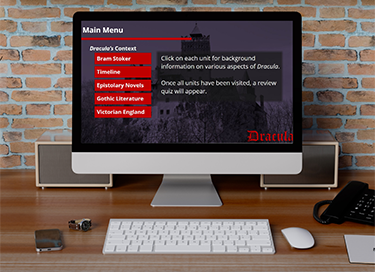Title: Framework for Information Literacy Videos
Audience: College students at Bucknell and beyond
Date: Summer 2022
Software Utilized for the Project: Vyond and Audacity
About the Project: These six videos were created in the summer of 2023 for Bucknell University. My supervisor was enthusiastic about creating more tutorials (videos or interactive) on information literacy topics. It seemed logical to invest time in creating videos for the six big ideas of information literacy as outlined in the Association of College and Research Libraries’ (ACRL’s) Framework for Information Literacy for Higher Education document. While similar videos have been created by other academic libraries, they tended to be limited to two or three minutes and I feel that these complex ideas need a bit more time to be appropriately represented.
I wrote the scripts with feedback from a colleague, Ally Wood. I have also infused my understanding of rhetoric as it relates to information literacy throughout these videos. The videos were developed in Vyond, using Audacity to record the voiceovers and music from Bucknell’s subscription to the Storyblocks database. I chose a video format and the whiteboard animation style as I felt these suited these theoretical topics.
These are being marketed to Bucknell faculty to incorporate into their classes, but I was careful to keep these institution-neutral (even if they do frequently reference higher education) so that they could be used by librarians at other institutions. This choice was inspired by the viral success of my Goblin Threat game at Lycoming College.
The links on this portfolio go to my YouTube channel, but these six videos are officially posted on the LibraryITBucknell channel, where the statistics show each video has been viewed about 300-600 times. A year after they were created, another librarian reached out to me to ask if he could use them with his students, pointing out that they were not officially labeled with Creative Commons licenses, which was quickly remedied. This shows that they are being valued by my librarian peers.
